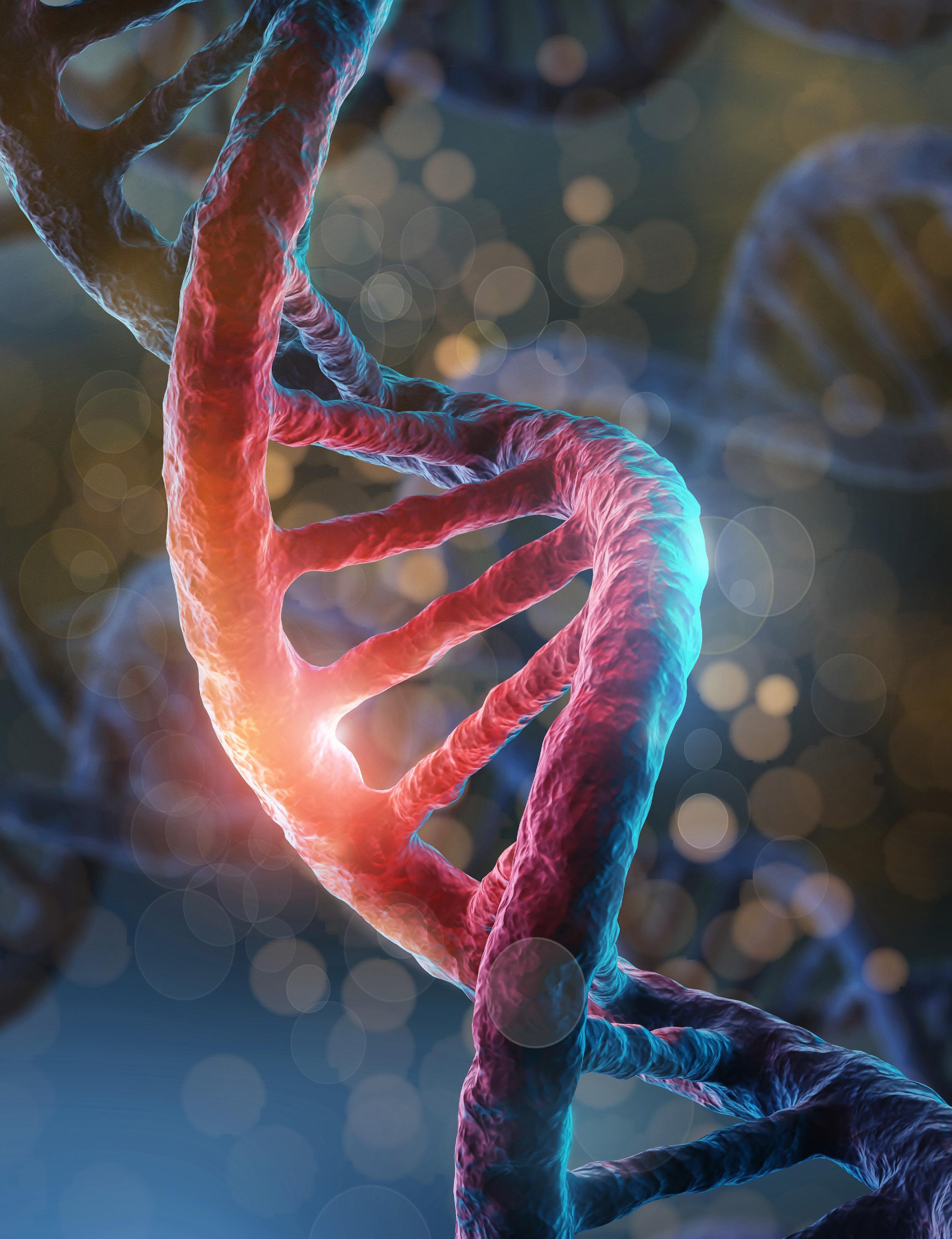
3 minute read
WHAT IS ENERGY
Energy is how things change and move. It takes energy to cook food, to jump in the air, go to the gym, dance, walk to school, or play sport – it is “the ability to do work”.
Organisms use energy to survive, grow, respond to stimuli, reproduce, and for every type of biological process. Energy is never seen to exist on its own but only as part of a system of particles.
Advertisement

You, as a human, could be seen as a power plant. When moving, your body becomes an energy factory. In fact, according to the Washington Post, even at rest, the human body generates as much energy as a 100 watt light bulb.
But how is energy harvested from humans? In England there is a gym powered by nothing but the grunt and sweat of members. Power is supplied by treadmills, stationary bikes and step climbers. When in operation, each machine powers itself and channels surplus energy in the form of electricity.
Transport is 100% dependent on energy and the sector is vital in the mission to conserve energy. This year a company unveiled a tyre,which features a combination of piezoelectric materials (which produce an electric current when they are put under stress) and thermoelectric patches to absorb energy from vibrations, light and heat. Systems designed to harvest kinetic energy can supplement power systems anywhere people take part in activities that add up to lots of high-intensity workouts.

Energy can take a number of different forms and can be potential, kinetic, thermal, electrical, chemical or nuclear.

In 2007, a pair of Massachusetts Institute of Technology (MIT) students proposed using these “crowd farms” as a way of extracting energy for such things as LED lights. More recently, the concept popped up as an “eco-nightclub” in London where energy is amassed using blocks made of piezoelectric materials positioned just beneath the dance floor.

A mall the US recycles body heat from shoppers to regulate the indoor climate. Highways and freeways, which are hotspots for untapped energy, have been used to harvest energy from the vibrations produced by moving cars by coating the road with energy-absorbing materials. Over three months, the net electrical output was sufficient to run the motion sensors on a traffic light.
Also, engineers in China have developed a technology that uses the mechanical energy of only a beating heart to pump power to pacemakers. –SG correspondant and Washington Post









